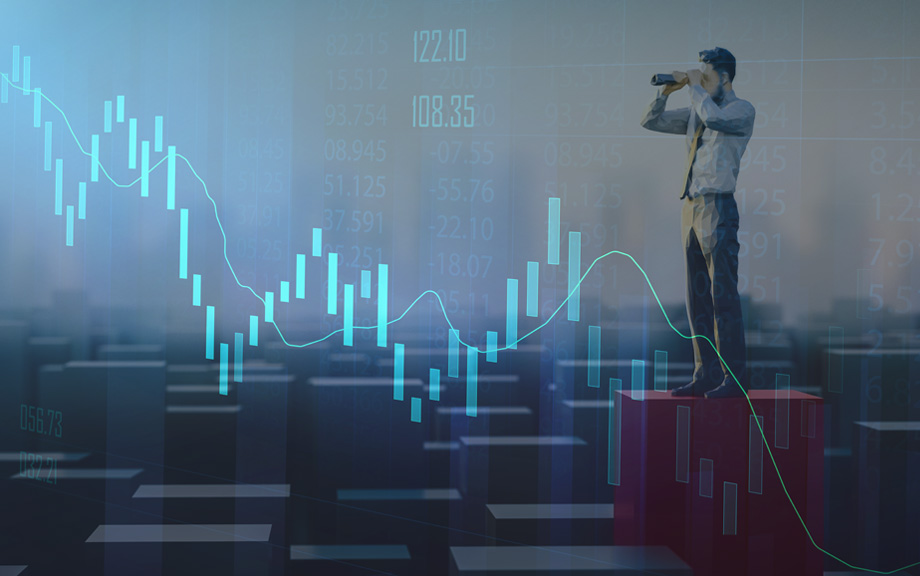Expectations and the Final Mile of Disinflation

In the aftermath of the COVID-19 pandemic, the U.S. economy experienced a swift recovery accompanied by a sharp rise in inflation. Inflation has been gradually declining since 2022 without a notable slowdown in the labor market. Nonetheless, inflation remains above the Federal Reserve’s 2 percent target and the path of the so-called final mile remains uncertain, as emphasized by Chair Powell during his press conference in January. In this post, we examine the unemployment-inflation trade-off over the past few years through the lens of a New Keynesian Phillips curve, based on our recent paper. We also provide model-based forecasts for 2024 and 2025 under various labor market scenarios.
What Is “Outlook‑at‑Risk?”
Editor’s note: Since this post was first published, the y-axis label in the last chart has been corrected. February 15, 9:30 a.m.

The Federal Open Market Committee (FOMC) has increased the target range for the federal funds rate by 4.50 percentage points since March 16, 2022. In tightening the stance of monetary policy, the FOMC balances the risk of inflation remaining persistently high if the economy continues to run “hot” against the risk of unemployment rising as the economy cools. In this post, we review a quantitative approach to measuring the evolution of risks to real GDP growth, the unemployment rate, and inflation that is inspired by our previous work on “Vulnerable Growth.” We find that, in February, downside risks to real GDP growth and upside risks to unemployment moderated slightly, and upside risks to inflation continued to decline.
Just Released: The New York Fed Staff Forecast—April 2017
Today, the Federal Reserve Bank of New York (FRBNY) is hosting the spring meeting of its Economic Advisory Panel (EAP). As has become the custom at this meeting, the FRBNY staff is presenting its forecast for U.S. growth, inflation, and the unemployment rate.
Inflation and Japan’s Ever‑Tightening Labor Market

Japan offers a preview of future U.S. demographic trends, having already seen a large increase in the population over 65.
Okun’s Law and Long Expansions
Economic forecasters frequently use a simple rule of thumb called Okun’s law to link their real GDP growth forecasts to their unemployment rate forecasts.
Prospects for the U.S. Labor Market
The unemployment rate in the United States fell from 9.1 percent in the summer of 2011 to 8.3 percent in February.
Labor Force Exits Are Complicating Unemployment Rate Forecasts
What will the unemployment rate be in 2013? Even if you were certain how much the U.S. economy (gross domestic product, or GDP) would grow over the next year or two, it would still be difficult to forecast the unemployment rate over that period.










 RSS Feed
RSS Feed Follow Liberty Street Economics
Follow Liberty Street Economics